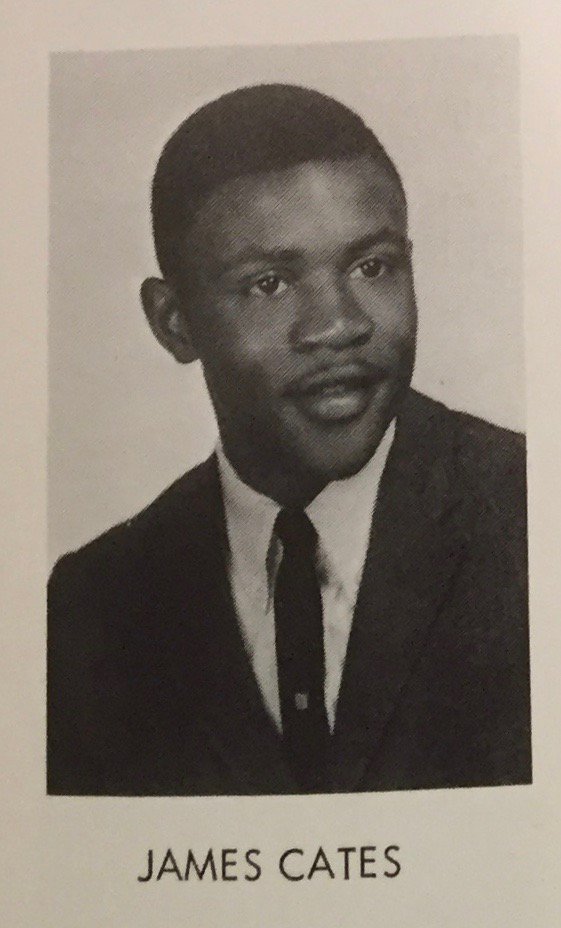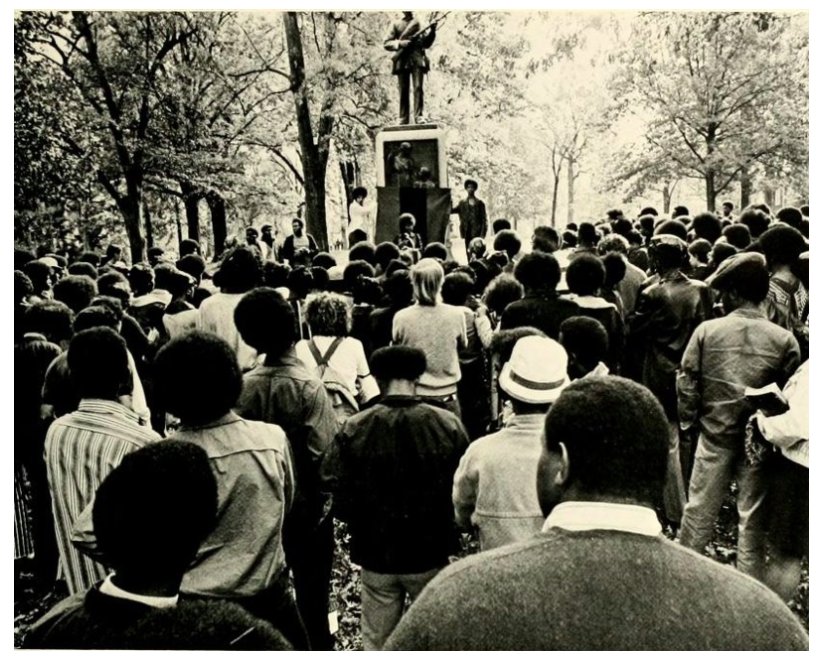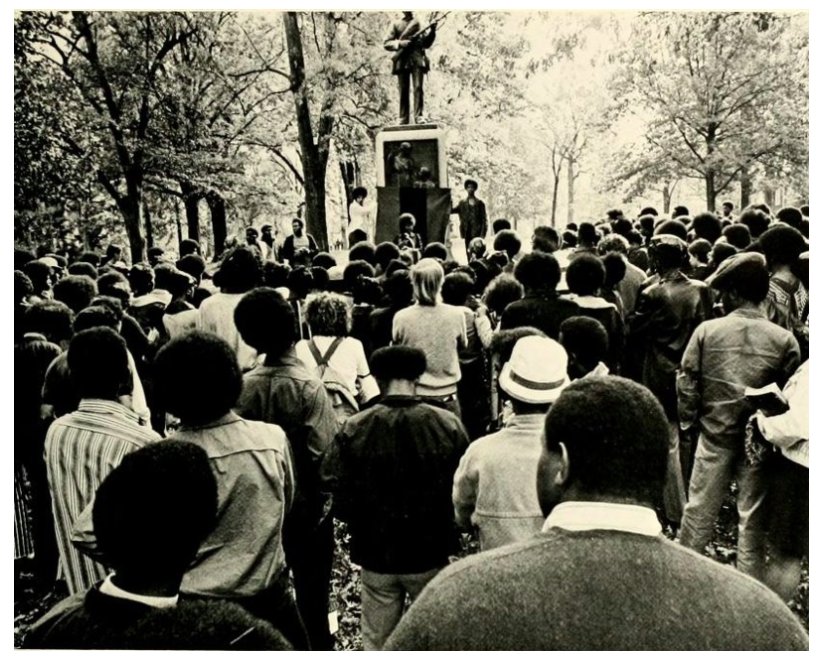James L. Cates Jr., a lifelong resident of Chapel Hill’s historically black Northside neighborhood, would’ve turned 70 this weekend. But at 22, he was stabbed and left to die at the heart of @UNC’s campus in 1970.






Twitter may remove this content at anytime, convert it as a PDF, save and print for later use!

1) Follow Thread Reader App on Twitter so you can easily mention us!
2) Go to a Twitter thread (series of Tweets by the same owner) and mention us with a keyword "unroll"
@threadreaderapp unroll
You can practice here first or read more on our help page!

